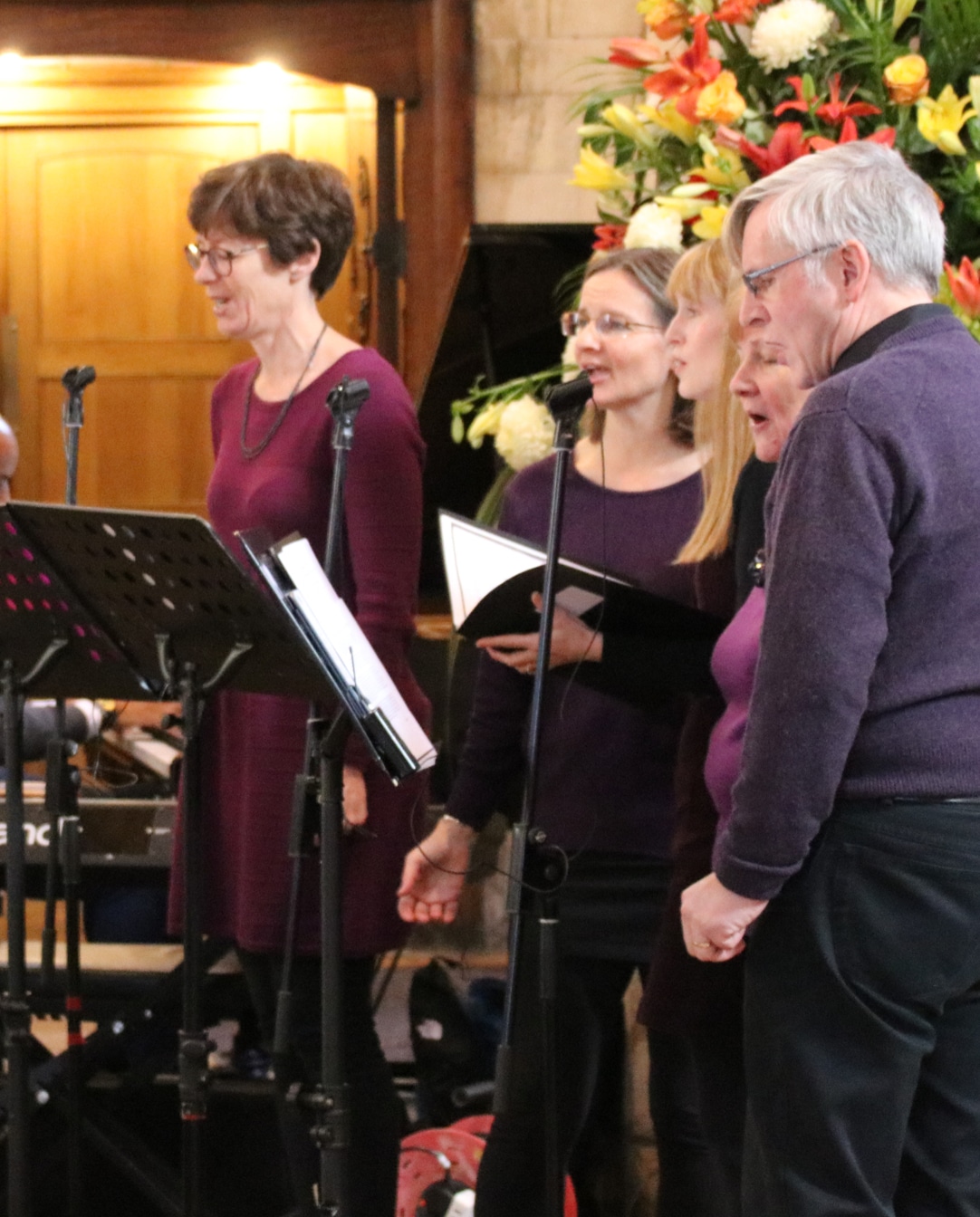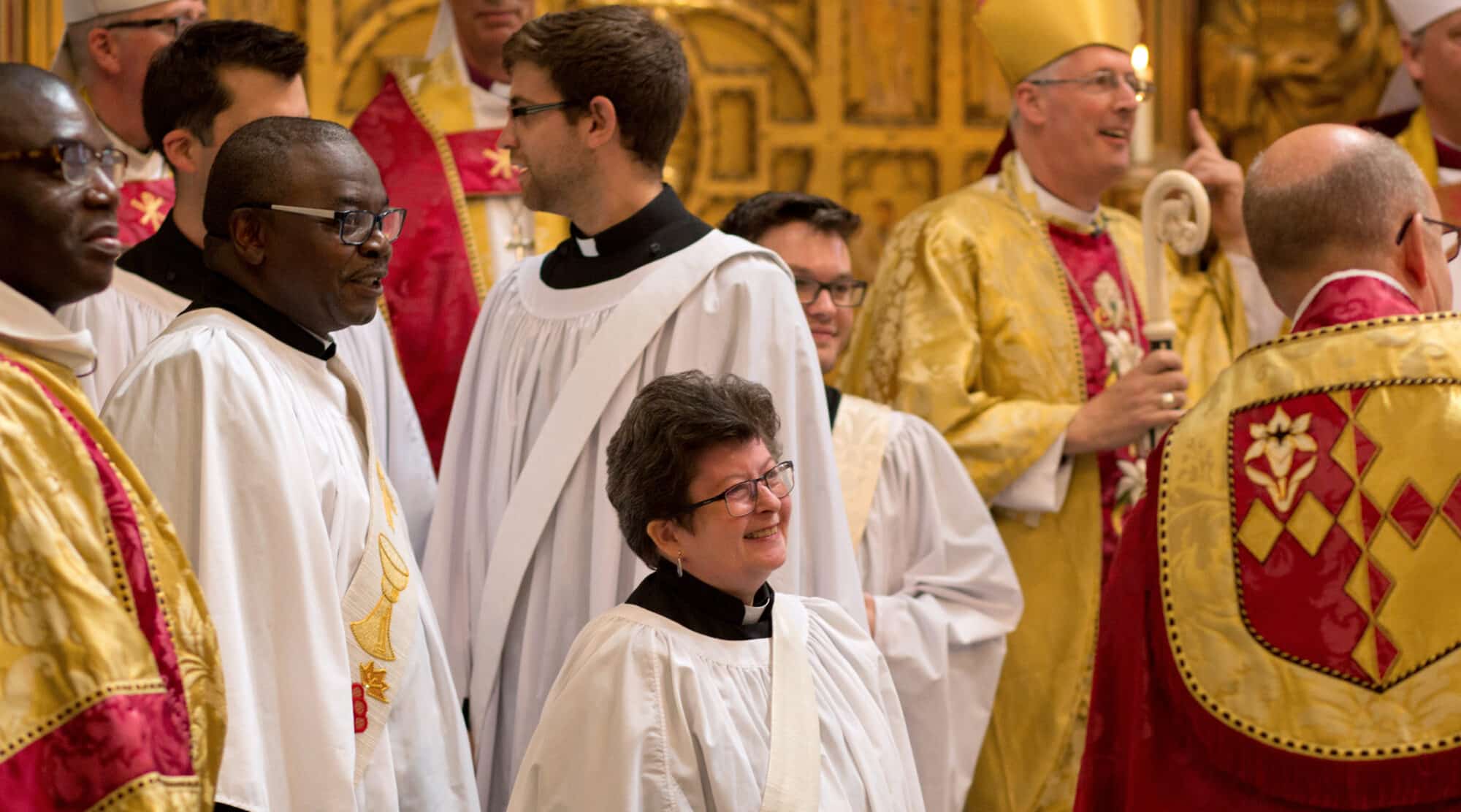Except where burial rights are granted subject to a particular period of years, there should be an expectation that grave spaces will in due course be reused. This is necessary to economise on land use at a time when grave space is a diminishing resource. This is an increasingly urgent problem which all those responsible for churchyards have to face. Sensitive solutions have to be devised and implemented.
Reuse of graves within a period of less than 75 years is likely to cause distress and offence to the living, as well as appearing disrespectful to the dead. But Incumbents should promote and publicise policies for the reuse of graves as soon as 75 years have elapsed after the most recent burial therein, not least so that those presently arranging a burial are informed of what is likely to happen in the future.
Rather than planning for reuse on a grave-by-grave basis, there is merit in seeking to bring larger areas into reuse as part of a coherent plan.
Removal of existing memorials (including laying them flat) requires a faculty from the Chancellor, and it will always be appropriate to consult with any surviving relatives who can be traced. Memorials remain the private property of those who initially paid for their erection, and therefore any faculty granted will contain provision for safeguarding (by some form of relocation) of the memorials. Where authorisation is sought to reuse part of a churchyard, the removal of a number of memorials can properly form the subject of a single petition for faculty.


